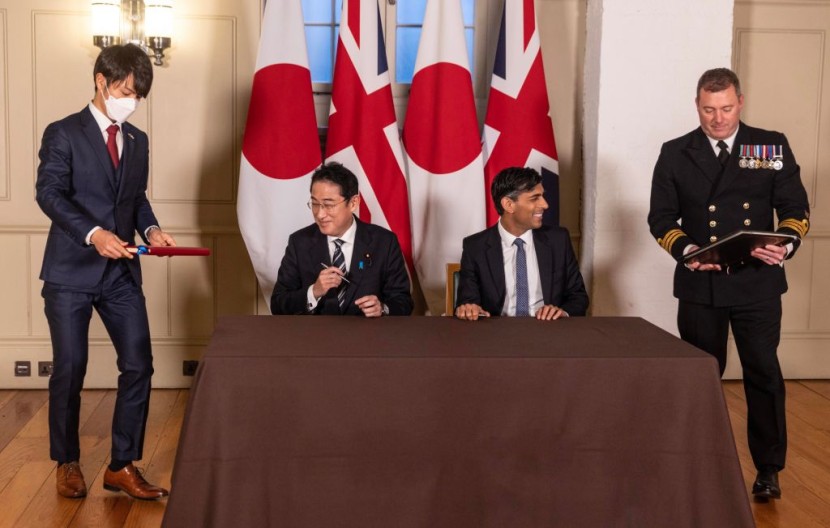The Japanese and British governments will sign a memorandum of understanding (MOU) regarding the development of a high-temperature gas reactor (HTGR) prototype.
Given that they can both manufacture hydrogen and generate power, HTGRs are anticipated to help with carbon neutrality. The technology is being developed by the United States, China, and other countries. Britain and Japan will exchange information with the intention of running the reactors commercially soon, as reported by Nikkei.
The use of chemically stable helium instead of water as a coolant for extracting heat makes the reactors extremely safe. As a result, there is no longer a chance of hydrogen explosions or meltdowns in the event of an accident.
The MOU should be completed soon, according to the Japan Atomic Energy Agency (JAEA) and the National Nuclear Laboratory of the United Kingdom. Yasutoshi Nishimura, the minister of economy, trade, and industry, and other ministries have plans to meet with British colleagues to confirm collaboration on the development and use of a prototype.
The majority of nuclear power facilities use light-water reactors, which cool with water instead of helium gas. One benefit of HTGRs is that they can generate power by thermally decomposing water at temperatures up to 900 C as well as hydrogen.
It has not been fully determined how to produce hydrogen on a massive scale economically, but HTGRs might hold the answer.
China Takes the Lead in HTGR Prototypes
Since 2021, China has been creating HTGR prototypes. The U.K. aims to construct one in the early 2030s, while Japan intends to do it later in the decade.
Mitsubishi Heavy Industries has been chosen as one of the project's key contractors. Japan, on the other hand, currently lacks a timetable for its potential commercial introduction, while Europe is looking for a commercial rollout in the 2030s.
Read also: Rishi Sunak Arrives in Tokyo to Launch UK's New Defense Accord With Japan
Japan's Long Development of Nuclear Technology
Since the 1990s, Japan has been developing the technology at a JAEA facility in the Ibaraki Prefecture, producing greater temperatures than those produced by prototypes in other nations. The U.K. believes that the high-temperature technology developed in Japan will make it simpler to produce hydrogen utilizing HTGRs.

The U.K.'s development plan consists of three phases-the original inquiry comes first, followed by preliminary design has received assistance from the JAEA.
The agency will confirm the reactor prototype's cooperation for the third phase. The MOU also covers issues with supply chains and human resources.
Fossil fuel costs have increased significantly since the Ukrainian crisis, which has fueled the global effort to develop clean energy sources like HTGRs and, in the future, nuclear fusion reactors.
Related article: China Slams UK, Japan Defense Pact; US Strengthens Cooperation with Tokyo
© 2025 HNGN, All rights reserved. Do not reproduce without permission.








